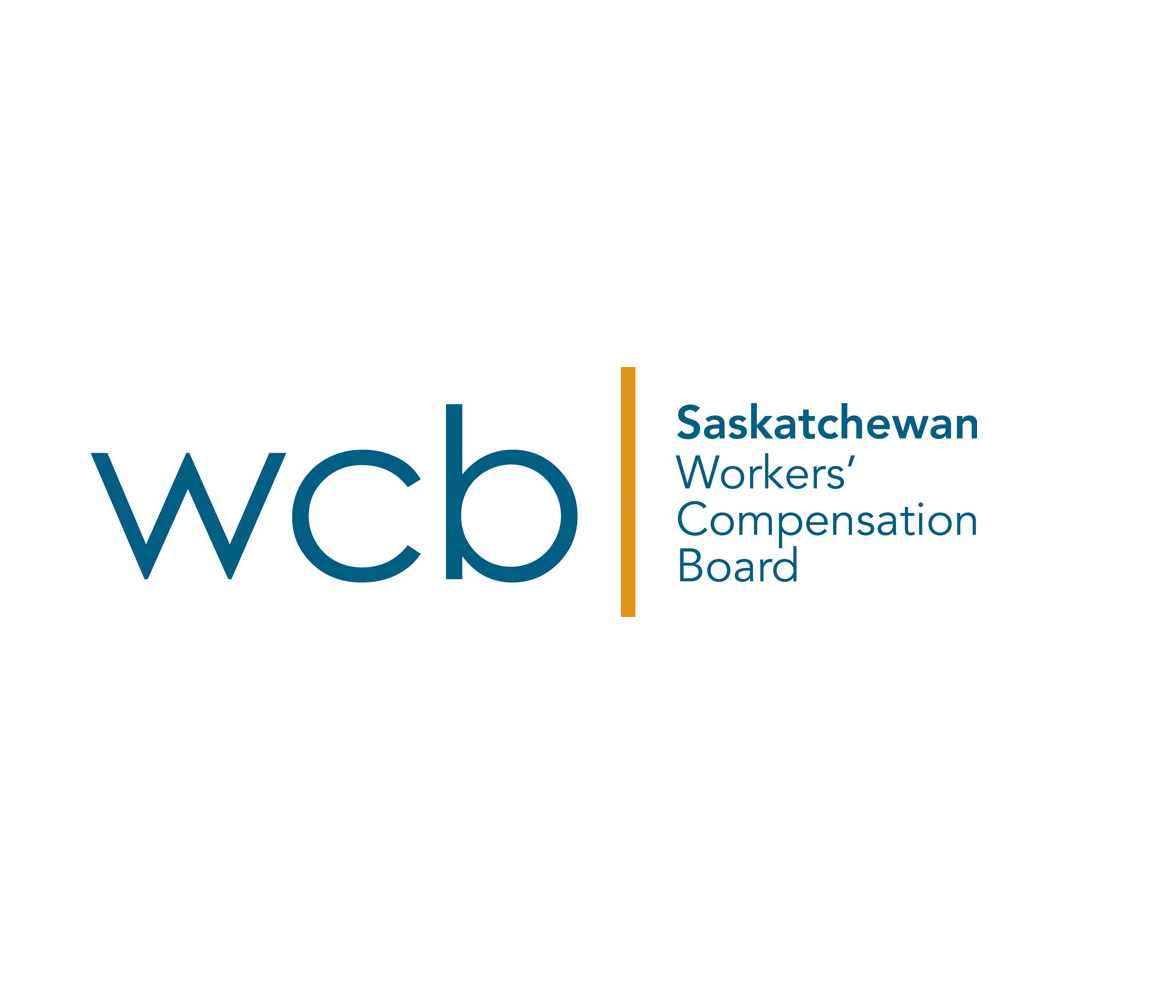- 2021 Total injury rate was 4.56 per 100 workers
- 2021 Time Loss (Time Loss + Fatality) injury rate was 2.03 per 100 workers
- 27 rate codes (55 per cent of rate codes with an injury rate) had a lower Total injury rate in 2021 than in 2020
The Saskatchewan Workers’ Compensation Board (WCB) released its injury statistics today, announcing that workplace injury rates increased in 2021. The workplace Total injury rate for 2021 was 4.56 per 100 workers, a two per cent increase from 2020. However, from 2009 to 2021, the WCB’s Total injury rate has decreased by 51.1 per cent.
“For more than a decade, we have seen employers, workers and safety leaders in our province band together to address safety in our workplaces,” says Don Morgan, Minister Responsible for the WCB. “As we remain focused on keeping all workers safe, we will continue to see our province’s injury rate decline.”
“While our injury rates saw a slight increase in 2021, our Total injury rate has decreased over the past decade thanks to the safety efforts of workers, employers, partners and leaders across the province,” says WCB chairperson Gord Dobrowolsky. “This suggests that we have made improvements, but there is more work for all of us to do. For the second year in a row, 90 per cent of Saskatchewan workplaces had zero injuries and zero fatalities.”
In 2021, the Time Loss injury rate increased to 2.03 per 100 workers, an increase of 14 per cent from the 2020 rate of 1.78 per 100 workers. One of the major factors that contributed to the Time Loss injury rate increase was the number of COVID-19 claims that impacted the rate in 2020 and 2021. Without COVID-19 claims, the Time Loss injury rate would have been 1.78 per 100 workers in 2021 (compared to 2.03 per 100 workers with COVID-19 claims) and 1.70 per 100 workers in 2020 (compared to 1.78 per 100 workers with COVID-19 claims). In 2021, the WCB accepted 1,035 compensation claims related to COVID-19, compared to 347 in 2020.
2021 injury claims status:
- Total claims accepted decreased by 0.25 per cent to 17,899 in 2021 from 17,944 in 2020. The total number of workers covered decreased to 392,813 in 2021 from 402,306 in 2020.
- Accepted No Time Loss claims decreased to 9,918 in 2021 from 10,788 in 2020.
- Accepted Time Loss claims increased to 7,963 in 2021 from 7,134 in 2020.
There remains a consistent number of serious injuries and fatalities claims (approximately 2,500 annually) that are accepted by the WCB.
There were 31 workplace fatalities in 2021, compared to 34 in 2020. This is a decrease of nine per cent. These deaths occurred in a variety of Saskatchewan industries.
“Sadly, 31 workers across the province lost their lives in a work-related incident last year. Every one of those deaths has had a devastating impact on the loved one’s family and their community,” says Dobrowolsky. “It is imperative for us all to keep focusing on preventing workplace deaths and serious injuries to eliminate this suffering in Saskatchewan.”
In December 2019, WorkSafe Saskatchewan – the partnership between the WCB and the Ministry of Labour Relations and Workplace Safety – launched the Fatalities and Serious Injuries Strategy. The focus of the strategy is to prioritize and address the high-risk industries, occupations and tasks within those industries that are resulting in fatality and serious injury claims. This three-year (2019-2021) strategy is being extended for five more years and WorkSafe is reaching out to stakeholders to participate in the development of the next version. Government, employers, foreign workers, indigenous community members and labour have all been part of the consultation process.
WorkSafe’s focus in 2021 was in the following eight areas: asbestos exposures, work-related motor vehicle crashes, firefighter cancer exposures, falls from heights (construction industry), health care, transportation, first responders (psychological injuries) and manufacturing (specifically hand injuries). WorkSafe continues engaging with organizations through a community of practice, the partnership with Dr. Joti Samra and the Psychological Health and Safety Resource Centre, available at worksafesask.ca.
“Collaboration with our stakeholders is critical to understanding industry needs and delivering sustainable injury prevention outcomes,” says Dobrowolsky. “By working together on these initiatives, we can all contribute by bringing our injury rates and fatalities down, and keeping all workers safe on the job.”
The strategy is available at worksafesask.ca/prevention/serious-injuries-and-fatalities.
Source: Saskatchewan WCB


